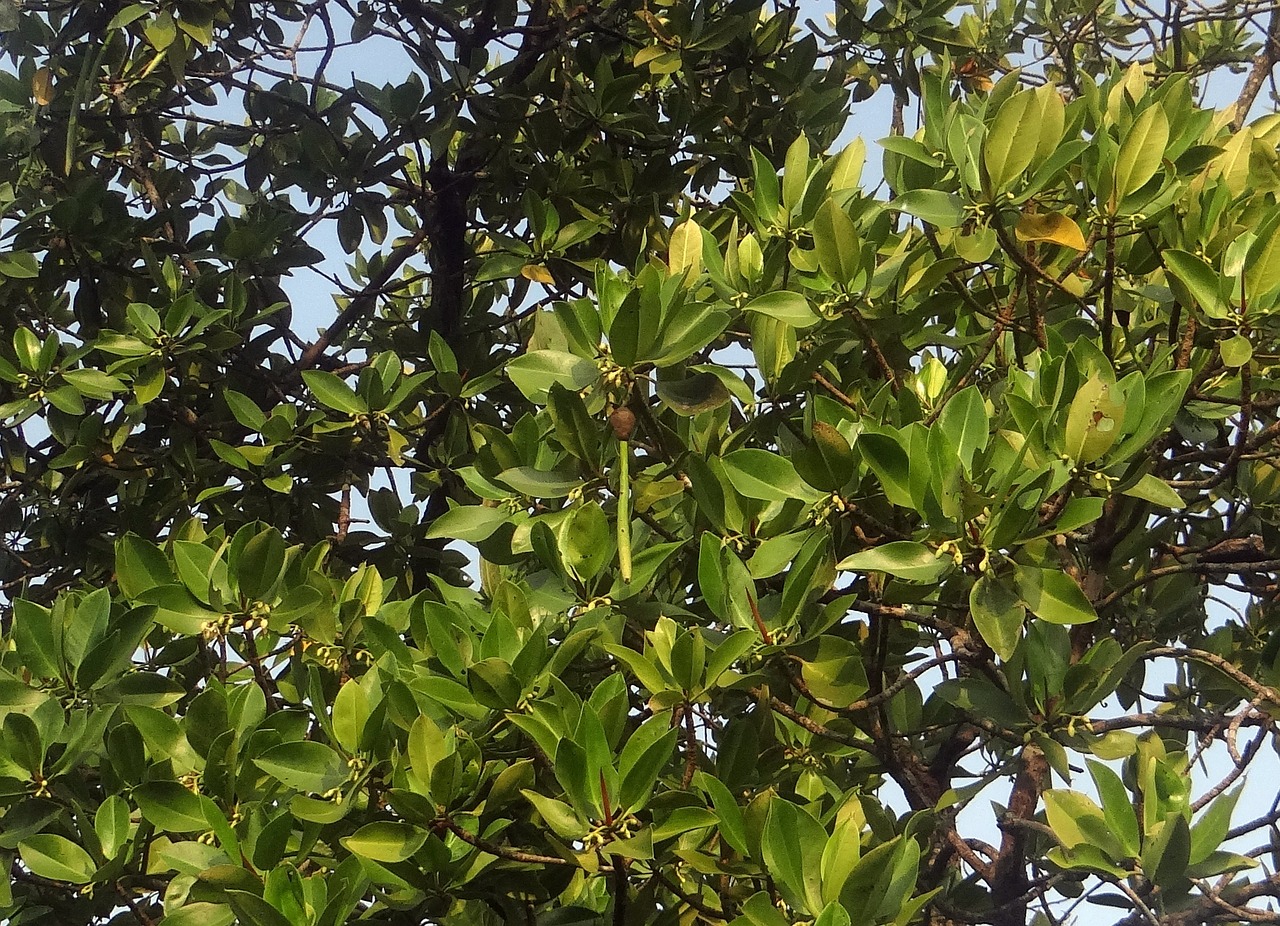
Red Mangrove and Planting: Nurturing Coastal Ecosystems
Introduction
Amidst the stunning vistas of coastal landscapes, the red mangrove stands as a resilient symbol of nature’s ingenious design. This article delves into the world of the red mangrove (Rhizophora mangle), exploring its vital role in coastal ecosystems and the art of planting and conserving these remarkable trees. Join us as we uncover the ecological significance, planting techniques, and benefits of these unique plants.
Table of Contents
- Understanding Red Mangroves
- The Role of Red Mangroves in Coastal Ecosystems
- Ecological Importance of Red Mangroves
- Anatomy and Adaptations of Red Mangroves
- Selecting the Ideal Planting Location
- Preparing for Successful Planting
- Planting Techniques for Red Mangroves
- Nurturing and Maintaining Healthy Mangrove Stands
- Economic and Environmental Benefits
- The Intricacies of Mangrove Conservation
- Challenges and Threats to Red Mangroves
- Empowering Communities Through Mangrove Planting
- A Closer Look at Red Mangrove Restoration
- Frequently Asked Questions (FAQs)
Understanding Red Mangroves
Red mangroves, scientifically known as Rhizophora mangle, are iconic trees that thrive in coastal environments, uniquely adapted to the challenges posed by saltwater and shifting tides. Their intertwining roots create intricate ecosystems that provide a haven for various marine life.
The Role of Red Mangroves in Coastal Ecosystems
Red mangroves play a crucial role in stabilizing coastlines by reducing erosion and acting as buffers against storms and tidal surges. Their root systems provide nurseries for juvenile marine organisms, contributing to the overall biodiversity of coastal waters.
Ecological Importance of Red Mangroves
The intricate root systems of red mangroves serve as protective nurseries for a wide array of marine species. These ecosystems support local fisheries, enhance water quality, and sequester carbon, making them essential components of healthy coastal regions.
Anatomy and Adaptations of Red Mangroves
From their prop roots that anchor them in the muddy substrate to their specialized salt-filtering leaves, red mangroves have evolved unique adaptations to thrive in saline environments.
Selecting the Ideal Planting Location
Choosing the right location for red mangrove planting requires careful consideration of factors such as water salinity, tidal patterns, and existing vegetation. Ideal locations provide the right conditions for successful establishment.
Preparing for Successful Planting
Before planting, it’s essential to clear the area of debris and potential pollutants. This preparation sets the stage for healthy growth and development of red mangrove seedlings.
Planting Techniques for Red Mangroves
Planting red mangroves involves placing seedlings in the appropriate orientation and depth, ensuring they have access to both water and oxygen. Proper spacing and protection against herbivores further enhance their chances of survival.
Nurturing and Maintaining Healthy Mangrove Stands
Regular monitoring and maintenance are crucial for the long-term health of red mangrove stands. Pruning, removing invasive species, and mitigating pollution are essential practices.
Economic and Environmental Benefits
The economic value of red mangroves extends beyond coastal protection and biodiversity support. They contribute to ecotourism, provide habitat for commercially important species, and serve as natural carbon sinks.
The Intricacies of Mangrove Conservation
Mangrove conservation requires a collaborative effort involving governments, local communities, and environmental organizations. Initiatives aimed at protecting and restoring mangroves have a lasting positive impact on coastal ecosystems.
Challenges and Threats to Red Mangroves
Red mangroves face challenges such as habitat loss, pollution, and climate change. Rising sea levels and increased frequency of storms pose significant threats to their survival.
Empowering Communities Through Mangrove Planting
Engaging local communities in mangrove planting and conservation projects fosters a sense of ownership and responsibility, leading to more sustainable and successful outcomes.
A Closer Look at Red Mangrove Restoration
Efforts to restore degraded mangrove habitats involve planting seedlings, removing invasive species, and implementing sustainable land-use practices. Restoration initiatives contribute to the recovery of coastal ecosystems.
Conclusion
In the intricate tapestry of coastal ecosystems, red mangroves emerge as vital threads, weaving together protection, biodiversity, and resilience. Their role in stabilizing shorelines, providing sanctuary for marine life, and mitigating climate change underscores the urgent need for their conservation. By understanding the ecological importance of red mangroves and embracing thoughtful planting and restoration strategies, we can ensure a brighter future for our coastal habitats.
Frequently Asked Questions (FAQs)
- How do red mangroves adapt to saltwater environments? Red mangroves have specialized salt glands in their leaves that excrete excess salt, allowing them to thrive in saltwater environments.
- What is the significance of red mangroves in coastal protection? Red mangroves act as natural buffers against storms and tidal surges, reducing coastal erosion and protecting shorelines.
- Can red mangroves sequester carbon? Yes, red mangroves are efficient carbon sequesterers, playing a role in mitigating climate change by capturing and storing carbon dioxide.
- How can communities get involved in mangrove conservation? Communities can participate in mangrove planting and restoration projects, raise awareness, and advocate for policies that protect these vital ecosystems.
- What are some common threats to red mangroves? Habitat loss, pollution, climate change, and unsustainable development are among the primary threats to the survival of red mangroves.